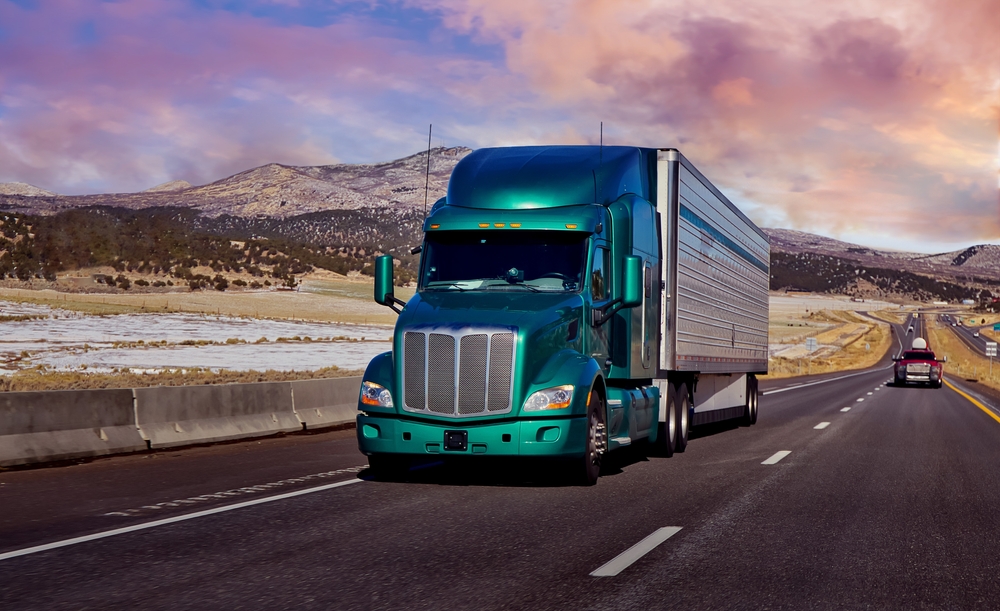
CPG transportation is vital because it ensures businesses across the CPG industry can meet their customers where they are. This means getting the necessary products to the right customer at the right place. However, some challenges and complications make it difficult for the average shipper or logistics provider to navigate CPG transportation effectively. This article explores these challenges and how stakeholders can fix or overcome them for a streamlined process.
By their nature, customers buy or replace CPG products frequently. That means these customers need them daily, weekly, or monthly, making them a critical tool in their everyday lives. Think of any essential item, like a bag of chips or toothpaste. This means CPG transportation has to run efficiently if the companies involved have any hope of meeting the customers’ demands. However, there are sometimes challenges that make this difficult. Some of them include:
Imagine a CPG brand in very stiff competition with other brands, but the company has its schedule and a CPG transportation process to match. When suddenly, its competitor has a bottleneck in the supply chain, making it difficult to meet the pressing demands. Naturally, customers turn to other brands, which means increased demands and pressure on the CPG transportation process. One truckload turns into two or more, leading to inefficiencies, such as overstocking in some areas and shortages in others.
Sometimes, the volatility may be due to seasonal spikes, promotional events, and sudden market trends previously unaccounted for. The effects are still largely the same.
The current financial crisis, which includes inflation, rising labor costs (especially for drivers), and fuel volatility, is plaguing the country and industries that rely on logistics and transportation. This makes it difficult to control transportation costs, resulting in budget unpredictability. One month may differ from the next, making it difficult to maintain profitability. In many cases, CPG companies have to rethink their logistics strategies to remain competitive, which can also negatively impact efficiency.
Unfortunately, despite best-laid plans, natural disasters, geopolitical conflicts, and global pandemics can and often do lead to disruptions in the supply chain process, which can underscore the fragility of the entire process. These disruptions can create bottlenecks, leading to delays and potentially halting the CPG transportation process. Considering CPG companies operate on tight margins and schedules, such disruptions can cascade, impacting everything from production to end-user satisfaction.
Although the challenges in CPG transportation can be rather steep for the companies involved, there are solutions and strategies they can leverage to overcome these challenges. Some of these include:
Technology solutions like TMS, route optimization, and telematics can provide CPG companies with real-time visibility and transparency in transportation and logistics. Access to information, especially in real time, is key in addressing transportation inefficiencies. Solutions like route optimization can reduce fuel consumption and delivery times. Telematics systems allow for better and much more effective monitoring of shipments. Predictive analytics enables better forecasting for these companies, leading to better planning and scheduling.
Strong partnerships can make all the difference for CPG companies, particularly because they allow them to leverage the strengths of other businesses to strengthen and streamline their logistics and transportation processes. This can improve the efficiency of their overall operations, including inventory management. Collaborative Planning, Forecasting, and Replenishment (CPFR) can also help align supply chain processes and activities for greater efficiency and enhance the ability to meet more customer demands.
In a world where sustainability is not an option but a necessity, CPG transportation must stay caught up. It is not even about the customers or passing certain regulations; it is about survival. The average CPG business can optimize delivery routes and consolidate shipments for lower costs by investing in alternative fuels, fuel-efficient vehicles, and eco-friendly packaging. Beyond the environmental benefits, embracing sustainable practices can enhance brand reputation and meet growing consumer expectations for responsible corporate behavior.
The already volatile freight market will probably experience much more turbulence than we are used to. However, what if you had a reliable partner to ensure streamlined and seamless shipping operations?
The good news is that such a partner is not beyond your reach. Zengistics is a platform that allows you to optimize and grow your business logistics efficiently.
With us, you have the following:
You can have all this and more. Connect with us today.